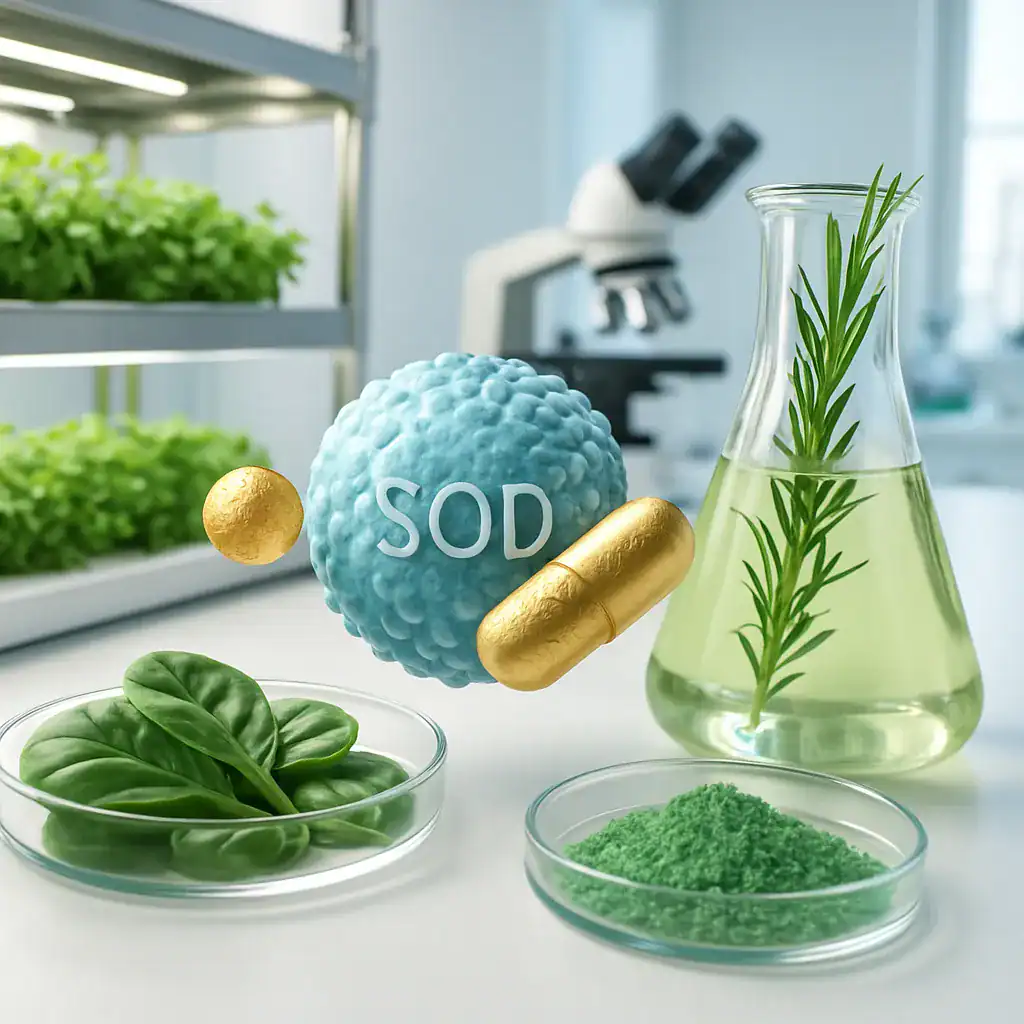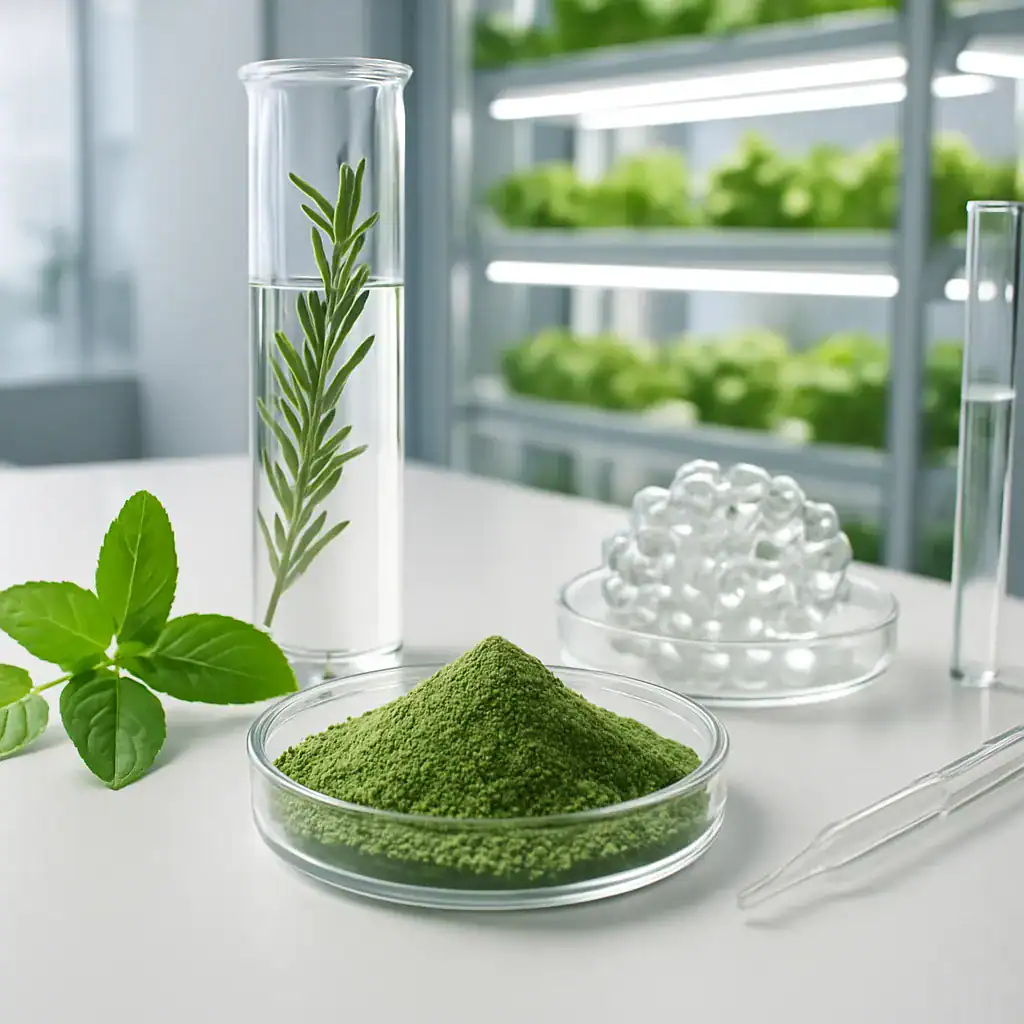Cellular oxidative stress: what is it and why does it matter?
Understanding the core concept and its health relevance
Cellular oxidative stress occurs when the molecules that guard your cells against damage, called antioxidants, are outnumbered by oxidants such as reactive oxygen species. These reactive molecules are by-products of normal metabolism, especially in the mitochondria, the energy factories of your cells. They can also come from external factors like air pollution, smoking, poor dietary choices, and excessive sun exposure. When the balance tips toward oxidants, they can damage cellular components—DNA, lipids, and proteins—leading to dysfunction. Your body’s natural defence includes enzymes like superoxide dismutases and other antioxidants that neutralise reactive oxygen species, but if production is high or antioxidant stores are low, oxidative stress can accumulate. The result is a cascade of cellular changes that may contribute to aging and disease.
Physically, oxidative stress is linked to cardiovascular diseases, neurodegenerative conditions, and inflammatory disorders, and it also plays a role in metabolic syndrome. Mentally, persistent oxidative stress can affect mood, energy levels, and cognitive performance through effects on brain cells and inflammation. Managing this balance is not about chasing perfect antioxidant intake alone; it involves overall dietary patterns, healthy sleep, regular activity, and avoiding excessive toxins. Understanding oxidative stress helps you make informed choices about foods, supplements, and lifestyle strategies that support natural redox balance and cellular resilience.
Our Key Areas of Expertise




In-Depth Analysis of Cellular Oxidative Stress: Mechanisms, Health Outcomes, and Production Implications
Key Mechanisms Driving Oxidative Stress
Cellular oxidative stress arises when ROS production outpaces antioxidant defenses. Primary sources include NADPH oxidase activity at the cell membrane, mitochondrial leakage during respiration, and external exposures that push redox balance toward damage. The resulting species include hydrogen peroxide, superoxide and other reactive molecules that participate in redox regulation of signaling networks. In the ER, misfolded proteins can trigger endoplasmic reticulum stress, linking protein handling to oxidative signaling. The integrity of the mitochondrial membrane potential governs the release of electrons and ROS, with Mitochondrial membrane potential shifts signaling cell fate decisions. As ROS accumulate, lipid peroxidation damages membranes, and DNA damage lesions accumulate in cellular targets. The downstream effect includes activation or suppression of various transcription factors that coordinate protective responses via Nuclear factor erythroid 2-related factor 2 (Nrf2) pathways.
Further, ROS influence multiple cellular stress responses and repair mechanisms, including the DNA damage response, mitochondrial quality control, and cytosolic signaling cascades that modulate cell growth and survival. These interconnected pathways determine whether cells adapt, enter autophagy, or progress toward dysfunction under sustained oxidative pressure.
Health Outcomes and Pathways
Beyond immediate cellular damage, oxidative stress is a shared thread in cardiovascular diseases, neurodegenerative conditions, and chronic inflammatory states. The interplay between ROS and repair responses shapes genome stability and aging trajectories. In neural tissue, excessive ROS can compromise mitochondrial function, contributing to cognitive decline and motor disturbances observed in neurodegenerative contexts. In metabolic tissues, redox shifts influence insulin signaling and protein turnover, linking oxidative balance to systemic health outcomes. The cumulative burden of lipid- and protein-oxidative processes contributes to chronic diseases and affects tissue resilience across organ systems.
Production and Bioavailability Implications
For nutraceutical and biomedical products, maintaining redox balance during extraction, processing, and storage is essential. Sourcing from plant-derived materials and sustainable farming aims to deliver bioactive compounds with improved stability. Yet processing steps must guard against excessive ROS that could drive lipid peroxidation and diminish signaling fidelity in consumer tissues. Packaging, antioxidants such as vitamin C and vitamin E, and careful control of light and oxygen help preserve endogenous defenses in the consumer. Understanding mitochondrial dysfunction and ROS interactions informs the design of delivery systems that enhance bioavailability while minimizing pro-oxidant exposure. This knowledge supports formulation strategies that align with PhNóva’s commitment to natural, high-bioavailability ingredients and plant-based nanodelivery concepts.
Practical Considerations: Production Practices and Health Outcomes
Table below contrasts sources of oxidative stress with practical mitigation in production settings, aligning with PhNóva’s emphasis on natural, high-bioavailability materials.
| Source | Mitigation |
|---|---|
| Mitochondrial dysfunction | Optimize processing temperatures and oxygen exposure; incorporate mitochondria-supporting bioactives |
| NADPH oxidase activity | Control external stressors; use antioxidants during storage |
| Lipid peroxidation | Antioxidant packaging; light-protective materials |
R&D Consultancy
Discover how PhNóva’s R&D Consultancy can help transform your idea into a market-ready solution — with expert support in formulation, regulatory compliance, and innovative delivery systems to give your product a competitive edge.
FAQ's about Cellular oxidative stress: what is it and why does it matter?
What is cellular oxidative stress and why does it matter for health?
Cellular oxidative stress occurs when the balance between oxidants and antioxidants shifts toward damage, compromising DNA, lipids and proteins. This imbalance originates in mitochondria during normal metabolism and can be intensified by external factors such as pollution, poor diet, or stress. Maintaining cell redox homeostasis supports cellular resilience by enabling antioxidant enzymes and signaling pathways to counteract reactive species. Chronic exposure to oxidative stress is linked with aging, inflammation, and higher risk of chronic diseases, making lifestyle and dietary choices important for long-term health.
How do antioxidants like Superoxide dismutases work to counteract oxidative stress?
Antioxidants such as Superoxide dismutases play a frontline role in converting highly reactive superoxide radicals into less harmful molecules, initiating a cascade of protective reactions. By reducing the level of superoxide, these enzymes help maintain signaling fidelity and prevent lipid peroxidation and DNA damage. Healthy SOD activity supports mitochondria and vascular health, especially under stress. Adequate dietary intake of trace minerals and natural compounds can help sustain SOD function, contributing to broader redox balance and resilience against inflammatory challenges.
What is the role of endoplasmic reticulum stress in cellular oxidative stress and how does it affect cells?
Endoplasmic reticulum stress arises when protein folding demand exceeds capacity, generating unfolded proteins and triggering a redox-sensitive response. This can amplify oxidative stress by releasing calcium, activating signaling networks, and influencing the DNA damage response. Cells adapt through protective transcription factors and autophagy pathways, but chronic ER stress can promote inflammation and mitochondrial dysfunction. Understanding this link highlights the importance of maintaining protein quality control and redox balance to protect cellular health, particularly in tissues sensitive to stress such as the liver and brain.
Can diet and nutraceuticals support redox balance without overdoing antioxidants?
Dietary choices and nutraceuticals can support redox balance when they provide antioxidant nutrients without tipping the scale toward pro-oxidants. Foods rich in vitamins C and E, polyphenols, and quality fats help scavenge reactive oxygen species and support endogenous defenses. When used judiciously, supplements may bolster resilience without masking underlying issues. For example, whole-food sources can contribute to oxidative damages prevention, while maintaining gut health and metabolic balance. Always consider timing, interactions, and quality control to optimize benefits and minimize risks.
What health outcomes are linked to chronic oxidative stress in the cardiovascular system?
Chronic oxidative stress in the cardiovascular system is associated with lipids oxidation, vascular inflammation, and endothelial dysfunction. Lipid peroxidation products accumulate and may drive the formation of oxidized low-density lipoprotein, contributing to plaque development. Protecting mitochondria and maintaining redox homeostasis can improve arterial flexibility and reduce risk of heart events. Lifestyle choices, antioxidants, and plant-derived bioactives can support vascular health, while avoiding excess oxidants such as tobacco smoke, pollution, and high-sugar diets.
How can plant-derived exosome delivery systems improve antioxidant uptake and redox regulation?
Plant-derived exosomes in nutraceutical delivery offer enhanced bioavailability and targeted action, supporting regulation of autophagy and cellular redox balance. These natural nanocarriers can protect fragile bioactives during transit and improve uptake by tissues such as gut and skin. By modulating signaling pathways involved in oxidative stress, they help maintain mitochondrial function and reduce inflammatory responses. This approach aligns with PhNóva’s Exosomes-Nutra concept, delivering natural compounds that harmonize redox signaling while providing consumer-friendly formulations.
What is the link between oxidative stress and neurodegenerative diseases, and how might Nrf2 help?
Neural tissues are especially vulnerable to oxidative stress, linking ROS accumulation with cognitive decline and motor disturbances seen in many neurodegenerative diseases. Activation of protective transcription factors like Nrf2 and optimized redox balance can slow progression by preserving mitochondrial health and DNA integrity. Diet, exercise, and prudent supplementation may bolster brain resilience, supporting healthy signaling and autophagy. Early lifestyle choices have the potential to influence long-term outcomes, underscoring the need for integrated strategies that address both neurons and peripheral systems.
Get in Touch with PhNóva
Have questions or need expert guidance? Contact us today — our team is ready to assist you with tailored solutions for your formulations.

04/09/2025






